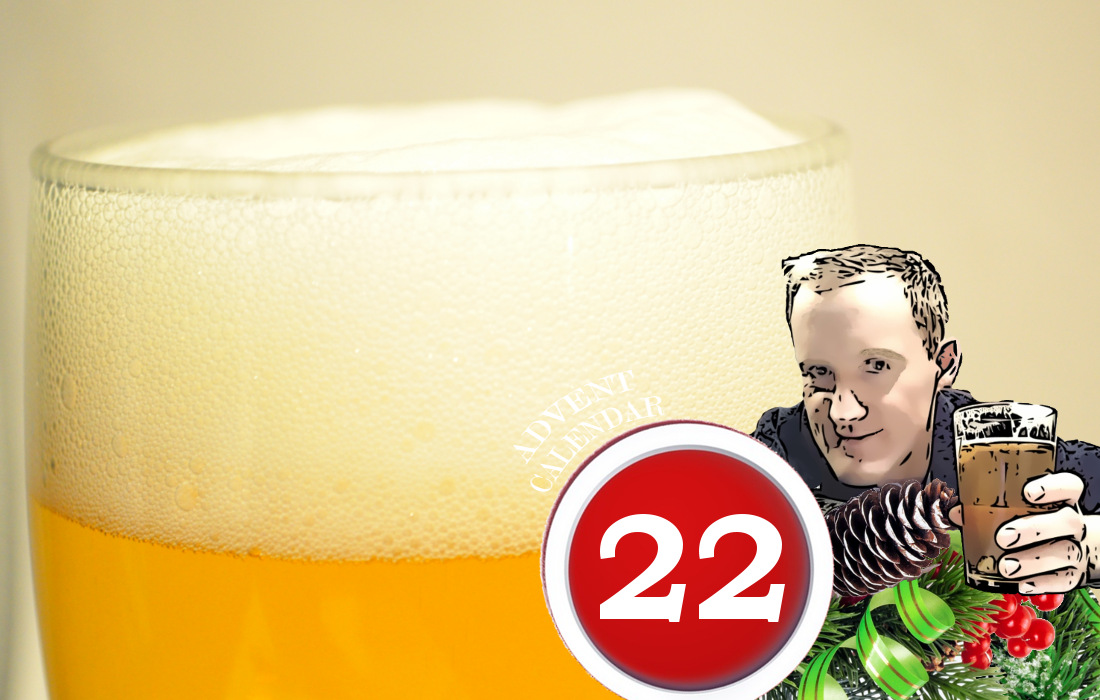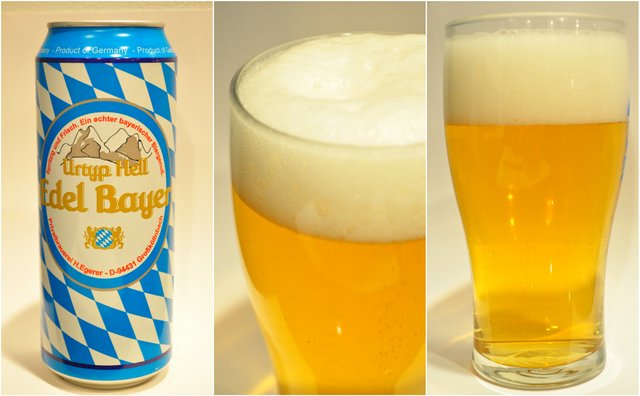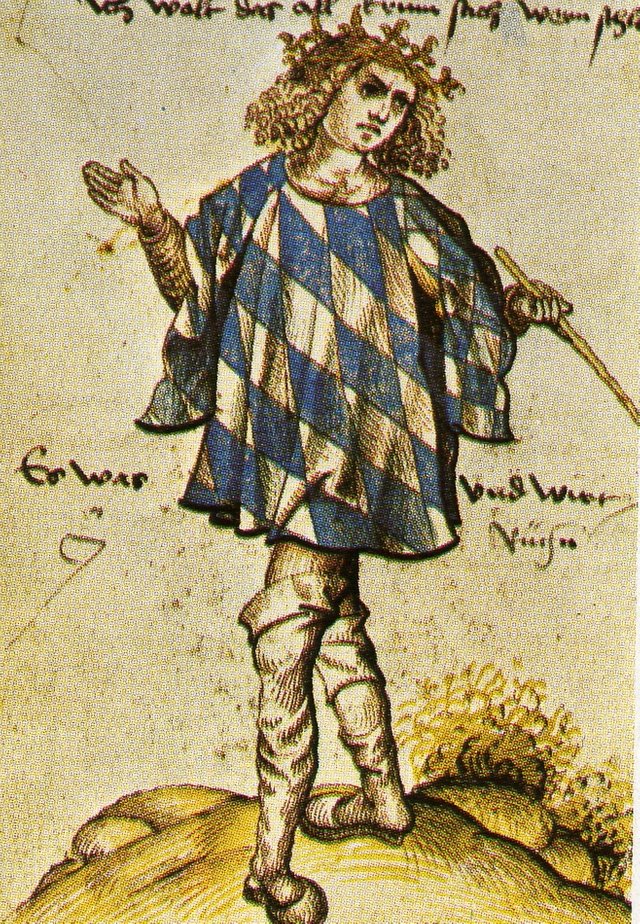Beer Advent Calendar - December 22nd

Bavarian beers have been frequently represented in the advent calendar, and today’s beer puts the German state of Bavaria front and center.
Urtyp Hell Edel Bayer
The name of this beer basically translates as “The archetype helles of Noble Bavaria.” Here we have another can with a Bavarian flag motif and the state’s minor coat of arms. The German phrase along the top reads: Sparkling and fresh. A true Bavarian beer pleasure. And along the bottom we see this is an Egerer beer, without question.

The beer has perfect clarity and holds the lightest shade of straw. A thin head builds with some staying power. This is refreshing at first sip. An easy drinking beer providing flavors of pretzel like malt, or saltine crackers. The quietly sweet malt is just as gently complimented by floral, pollen-like hops.
Being the fourth helles in this series, I can’t resist comparing them. The 8th and the 13th each gave us examples in this beer style that weren’t very good. While the Urtyl Hell on the 10th was much better, I’d have to say today's inches into the lead. This beer represents the helles style perfectly: slightly more body than a pils, but still simple enough to go down easy. You won’t be challenged with nuance on the palate from this beer, but it certainly satisfies if you’re after a simple pleaser.
Bierkutscher and Bavaria
I’ve discussed in previous posts how Privatbrauerei H. Egerer will redesign or rename beers for export and other purposes. I discovered that today’s beer is made by them; a Urtyp Hell is in their lineup, and I also found this particular edition is produced by Egerer for a Bavarian gift shop called Isaria Getränke. That would explain the heavy Bavarian theme on the can.

The blue and white diamonds became a signature of Bavaria when the region was a fiefdom of the Wittelsbach family. This pattern composed the central part of the family’s coat of arms and they ruled Bavaria from 1180 to 1918.
Through that period of time Bavaria was bestowed upon the family by the Holy Roman Emperor as a fiefdom, gained independence when the hereditary Duke became a prince-electorate of the Empire, transformed into a kingdom in 1806 after the crumble of the Roman Empire, was controversially absorbed into the new German Empire, then became the free state of Bavaria in 1918 at the end of World War I, thus ending the Wittelsbach dynasty.
Beer photographs by me. Pictures of Germany sources: 1
Previous Advent Calendar entries: Intro - 1 - 2 - 3 - 4 - 5 - 6 - 7 - 8 - 9 - 10 - 11 - 12 - 13 - 14 - 15 - 16 - 17 - 18 - 19 - 20 - 21